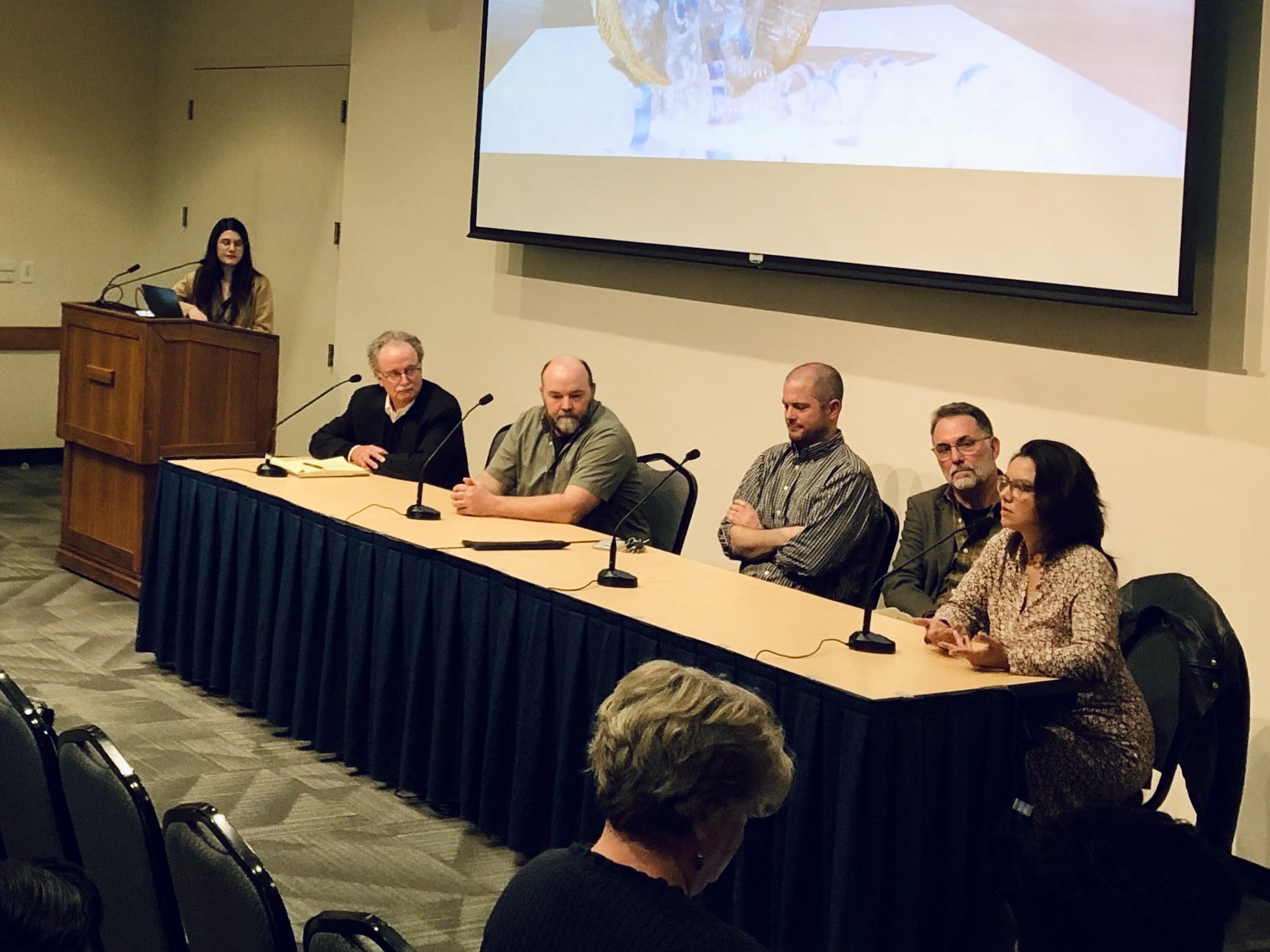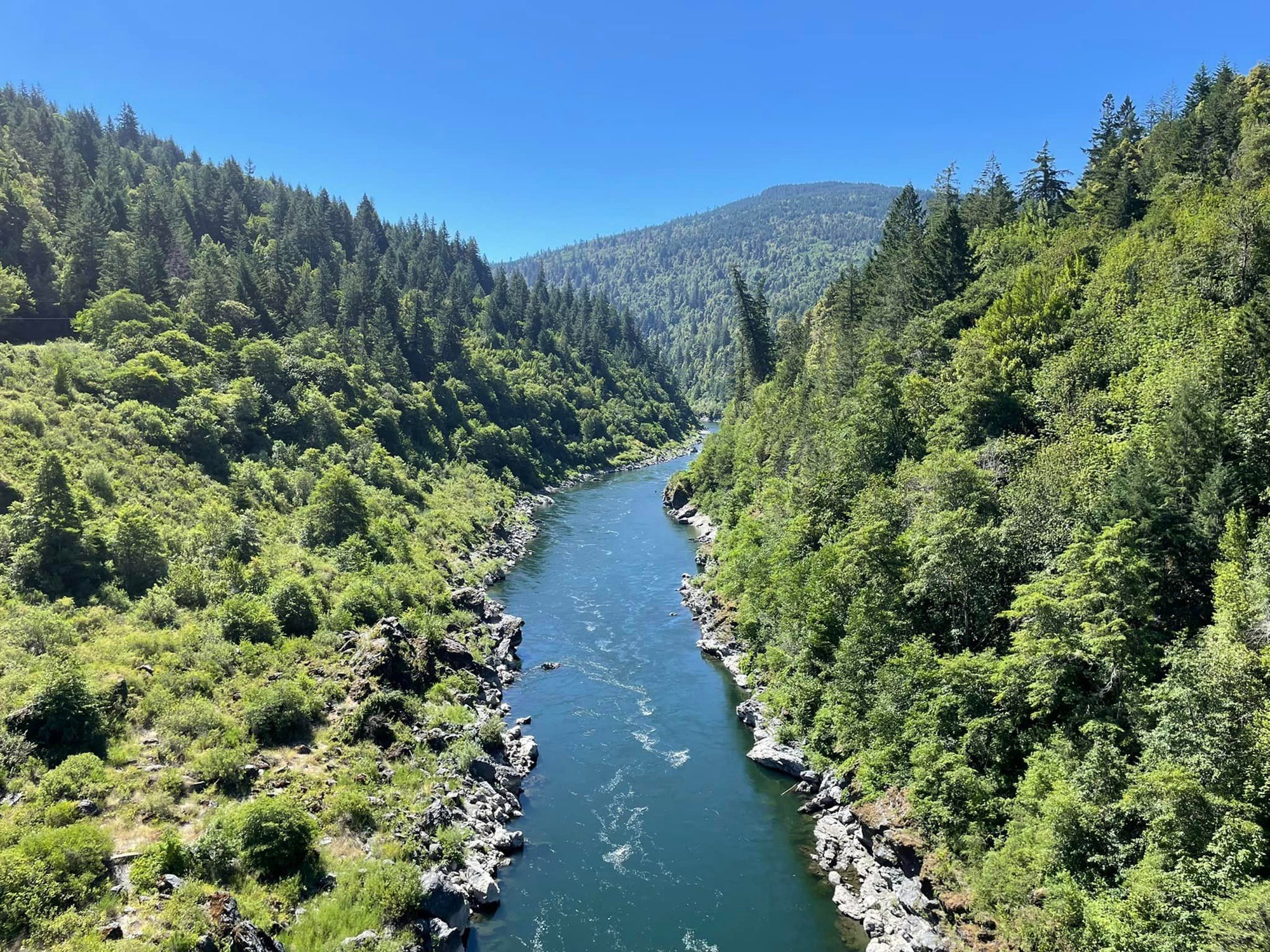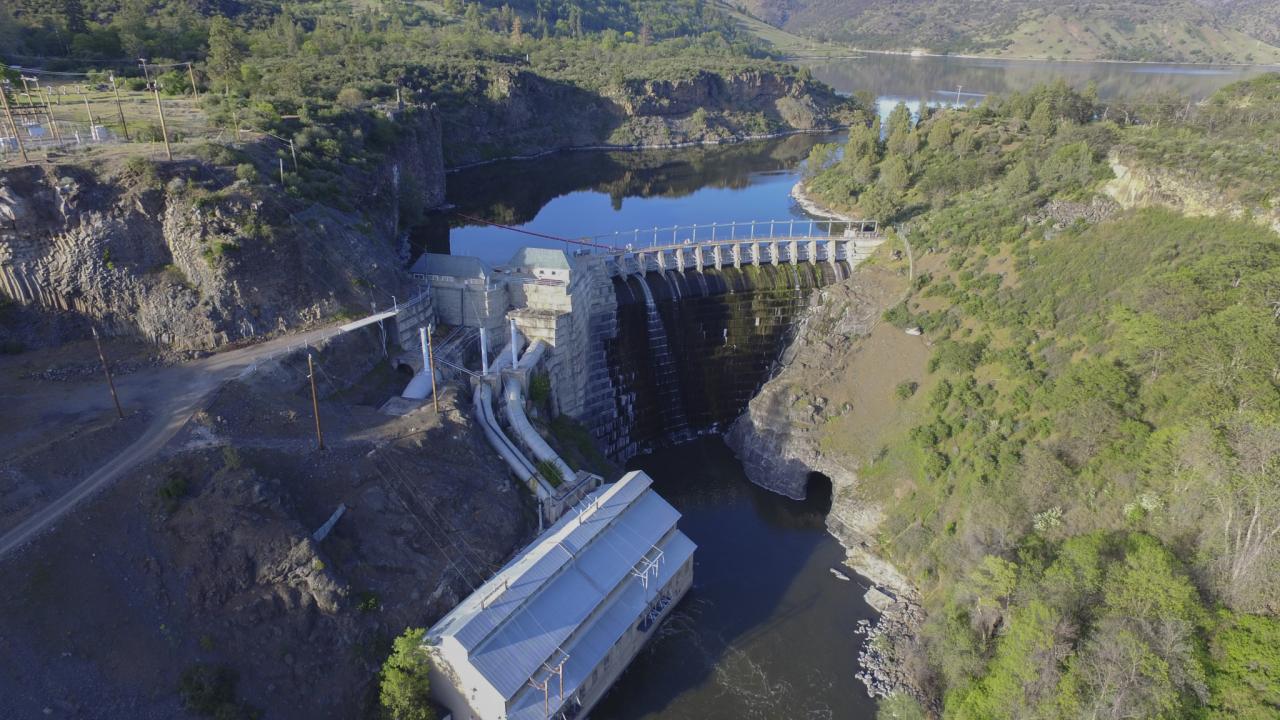The world’s largest dam removal in history is slated for 2023. Led by Indigenous tribes in partnership with organizations, lawyers, scientists and activists, the project will remove four dams, clearing the way for the lower Klamath River to flow freely for the first time in more than a century.
The Institute of the Environment’s monthly seminar series recently brought together a panel of experts intimately tied to the project to discuss the history and outlook for these changes. Participants on the Feb. 8 panel were Brittani Orona, assistant professor of American Indian Studies at San Diego State University; Robert Lusardi of the UC Davis Center for Watershed Sciences; Tommy Williams from NOAA Fisheries; Toz Soto, Karuk Tribe fisheries manager; Scott Williams, an attorney from the firm Berkey Williams.

The institute’s next seminar is March 1, featuring Leda Kobziar, associate professor of wildland fire science at the University of Idaho. She will discuss how microorganisms are transported with wildland fire smoke.
‘We are fisherpeople’
Among the most highly anticipated outcomes of the dams' removal is the return of salmon to this river. Sacred to the Klamath, Karuk, Hoopa Valley and Yurok tribes, the river has provided sustenance to this region for thousands of years. But with the construction of the Klamath dams between 1903 and 1967, local tribes have struggled to maintain their cultural traditions.
“We are fisherpeople,” said Orona, who is a member of the Hoopa Valley Tribe. “We depend on the river for our physical and cultural sustenance. The river is who we are. Without fisheries, without this river, we cease to be Hupa, Yurok and Karuk peoples.”
Copco No. 2 is the first dam slated for removal this July. Demolition of the other three dams is expected to begin in January 2024. By November 2024, fish are expected to be able to freely and without assistance pass through the river and access 420 miles of spawning habitat in the upper basin.
Lusardi, adjunct faculty of the UC Davis Department of Wildlife, Fish, and Conservation Biology, has been researching the Klamath River for about 20 years. In partnership with Karuk and Yurok fisheries biologists, he is studying how dam removal affects water chemistry and temperature, macroinvertebrates and fish. He’s especially interested in how salmon will respond to and move throughout the upper watershed — habitat that salmon have not had access to for more than 100 years.

Listening to salmon
Lusardi and his team are using innovative tools to understand how salmon respond to changes on the river. The naturally occurring element strontium accumulates in the ear bones, or otoliths, of salmon throughout their lives. By analyzing the unique strontium signatures, researchers can go “go back in time” to learn where salmon reared, what habitats they were using as juvenile fish and which habitats they use before migrating to the ocean.
Scientists have also been working with acoustic telemetry, listening for salmon migration throughout the upper Klamath Basin’s habitats. Receivers, or hydrophones, allow researchers to track about 1,000 tagged and released fish, which lends insight into their habitat use and survival limitations.
Using all of these methods, Lusardi and his partners will be able to track the effects of post-dam removal and restoration on the environment and the fishes of the Klamath River.
“When the dams come down, that's when the fun starts,” said Lusardi.
Learn more about this and future Institute of the Environment seminars.
Malia Reiss is a science news intern with UC Davis Strategic Communications. She studies environmental science and management at UC Davis.
Media Resources
Kat Kerlin, UC Davis News and Media Relations, 530-750-9195, kekerlin@ucdavis.edu
